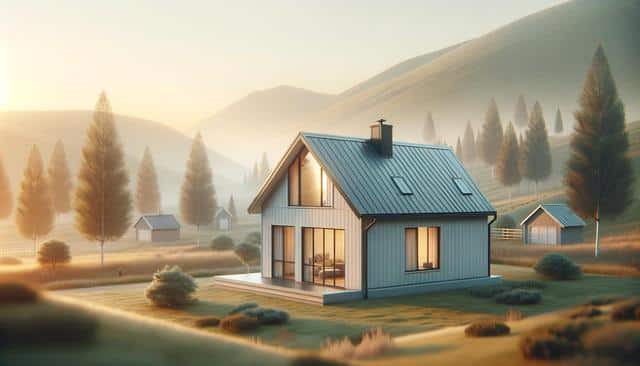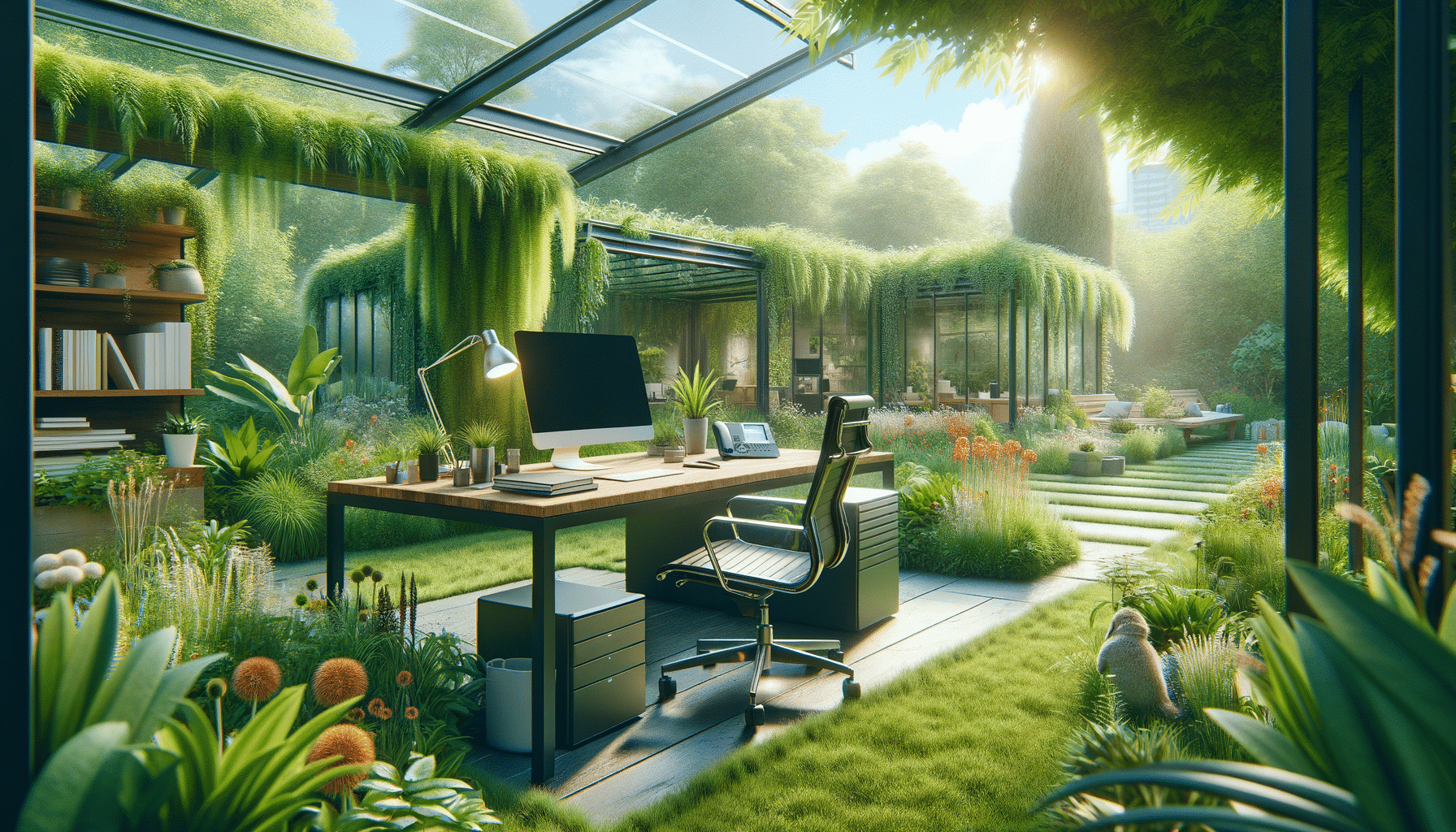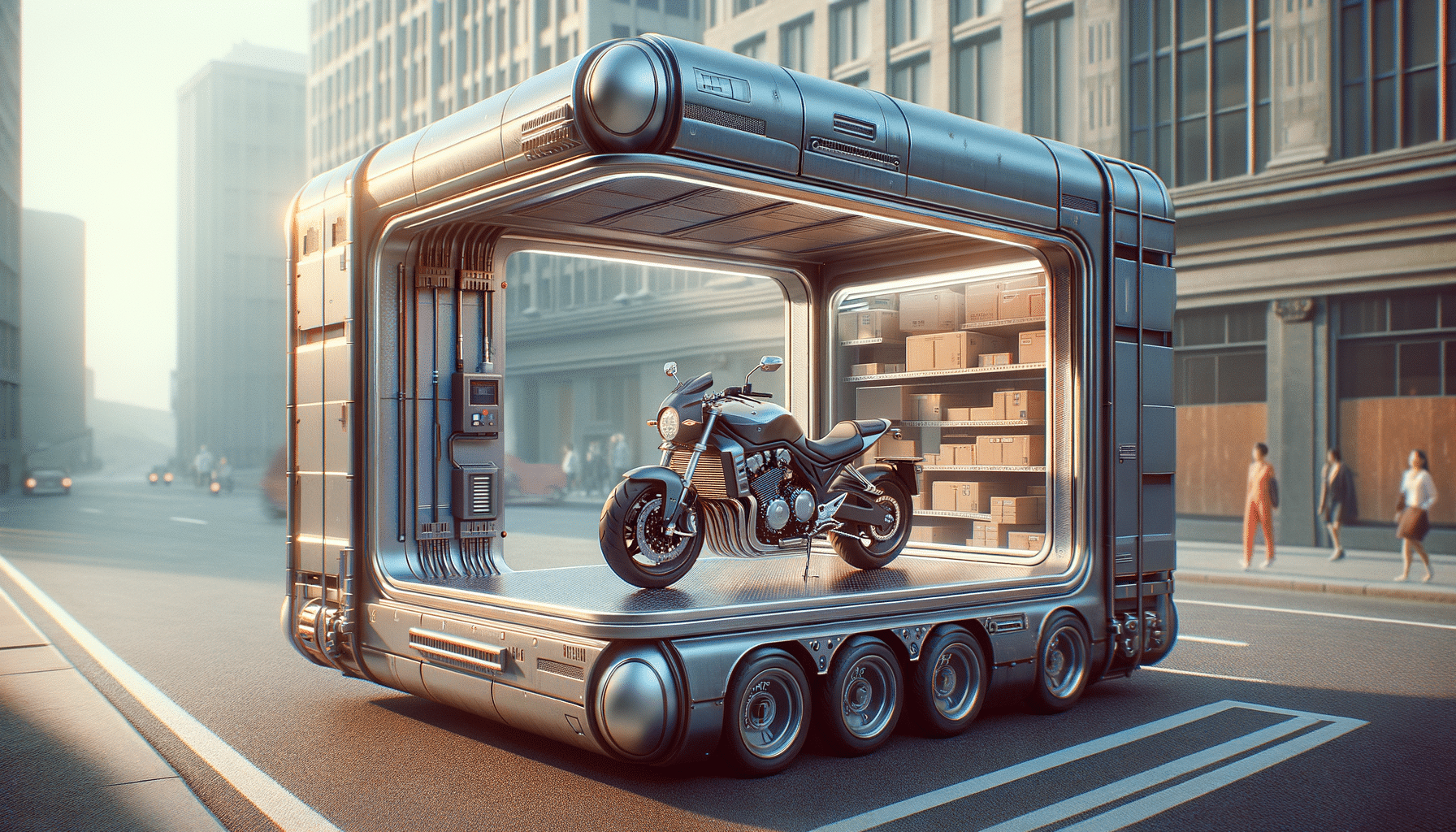
Exploring the Rise of Prefab Homes in Modern Living
The Growing Popularity of Prefab Homes
In recent years, prefab homes have gained significant traction among prospective homeowners and real estate developers. These homes, also referred to as prebuilt homes, are constructed off-site and then transported to their final destination for assembly. This streamlined construction process often results in faster build times and fewer weather-related delays compared to traditional building methods. As urban areas become more congested and land prices rise, more people are turning to modular buildings as a practical and cost-efficient alternative. Not only are they quicker to set up, but they also offer a high degree of customization, allowing homeowners to tailor their living space to their specific needs.
One of the driving forces behind the growing interest in prefab homes is the increasing demand for flexible housing solutions. Whether it’s a standalone cabin house in a rural area or a compact dwelling in a suburban setting, prefab structures can be adapted to suit a variety of environments. Additionally, prefab homes often incorporate modern design elements, making them attractive to younger buyers and those looking for minimalist aesthetics.
Understanding Modular Buildings and Their Benefits
Modular buildings form the backbone of many prebuilt housing solutions. These structures are made up of individual sections called modules, which are manufactured in a factory setting and then assembled on-site. This method of construction offers several advantages over conventional building techniques:
- Consistent quality control due to factory-based production
- Reduced construction waste and environmental impact
- Shorter build times, often resulting in cost savings
- Flexibility in design and layout
Given these benefits, modular buildings are not only being used for residential purposes but also for commercial and institutional structures. Whether it’s a cabin house used as a vacation retreat or a full-scale family home, the modular approach brings efficiency and adaptability to the forefront. For families exploring land home packages, modular buildings offer a seamless way to pair land acquisition with a move-in-ready structure.
Cabin Houses: A Rustic Appeal with Modern Comfort
Cabin houses are a distinct category within prefab homes that combine rustic charm with contemporary conveniences. Often located in scenic or off-grid settings, these homes are ideal for those seeking a peaceful retreat or a minimalist lifestyle. The prebuilt nature of cabin houses allows for rapid deployment in remote locations where traditional construction might be difficult or costly.
Cabin houses come in various sizes and layouts, from compact one-bedroom units to larger multi-room homes. Many of these designs incorporate sustainable housing features, such as:
- Solar panels and energy-efficient appliances
- Rainwater harvesting systems
- Eco-friendly insulation and building materials
This blend of sustainability and comfort makes cabin houses an appealing choice for environmentally conscious buyers. As part of broader land home packages, they provide an affordable and stylish option for rural living.
Pricing and Affordability in the Prefab Market
One of the most commonly asked questions about prefab homes revolves around cost. While prices can vary based on location, size, materials, and customization, many providers offer a prefab homes price list to help buyers understand their options. These lists typically include base prices for different models, optional upgrades, and delivery fees.
In general, prebuilt homes tend to be more affordable than traditional houses due to the efficiencies in the construction process. However, it’s important to consider other associated costs such as land acquisition, site preparation, permits, and utility hookups. Some buyers opt for land home packages that bundle the cost of land and the home, simplifying the purchasing process and potentially offering better value.
When reviewing a prefab homes price list, potential buyers should look for transparency and detailed breakdowns. This allows for more accurate budgeting and ensures there are no hidden fees. Comparing multiple providers and understanding the scope of what’s included in the base price can go a long way in making informed decisions.
Sustainable Housing and the Future of Prefab Living
Sustainability is playing a larger role in the housing market, and prefab homes are well-positioned to meet this demand. Many modern prefab designs are built with eco-friendly materials and focus on energy efficiency. The controlled environment of factory construction reduces waste, and many manufacturers are implementing green practices throughout their production processes.
Key features of sustainable housing within the prefab sector include:
- Use of recycled or renewable building materials
- Low VOC (volatile organic compound) finishes
- Efficient HVAC systems and LED lighting
- Smart home technology for energy monitoring
As consumer awareness about environmental issues grows, the demand for sustainable prefab homes is expected to rise. Additionally, innovations in modular technology continue to improve the energy performance and durability of these homes. Whether you’re looking for a small cabin house or a larger family residence, integrating sustainability into your choice can provide long-term benefits for both you and the planet.

